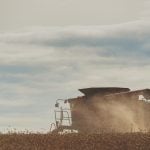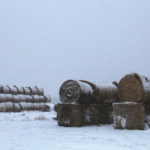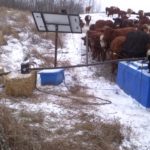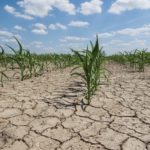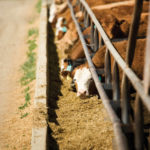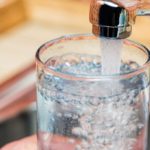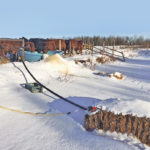Drought is a fact of life for beef producers. And if it’s not too dry, there’s a good chance it’s wet enough to complicate haying operations. Producers can’t control the weather, but they can mitigate risks to water sources, pasture and feed. Extension specialists with Alberta Agriculture and Forestry share ideas on protecting those resources […] Read more


